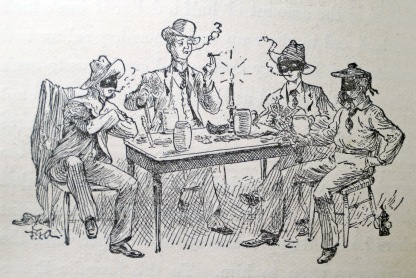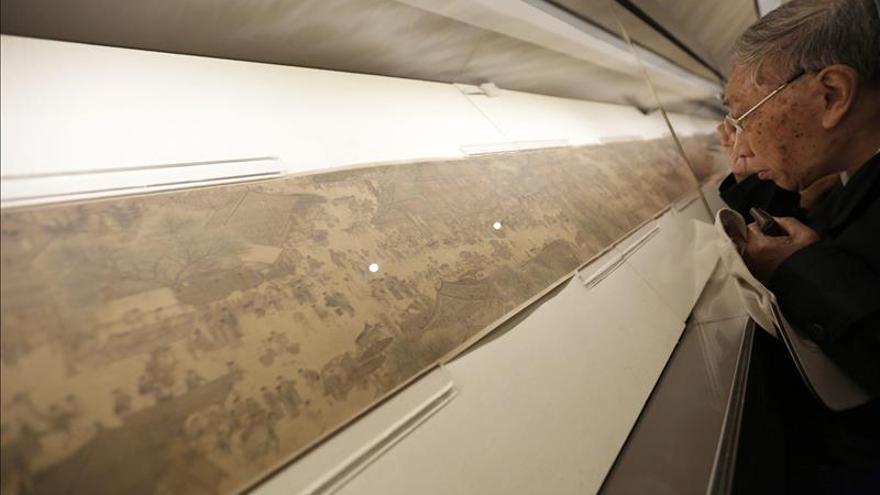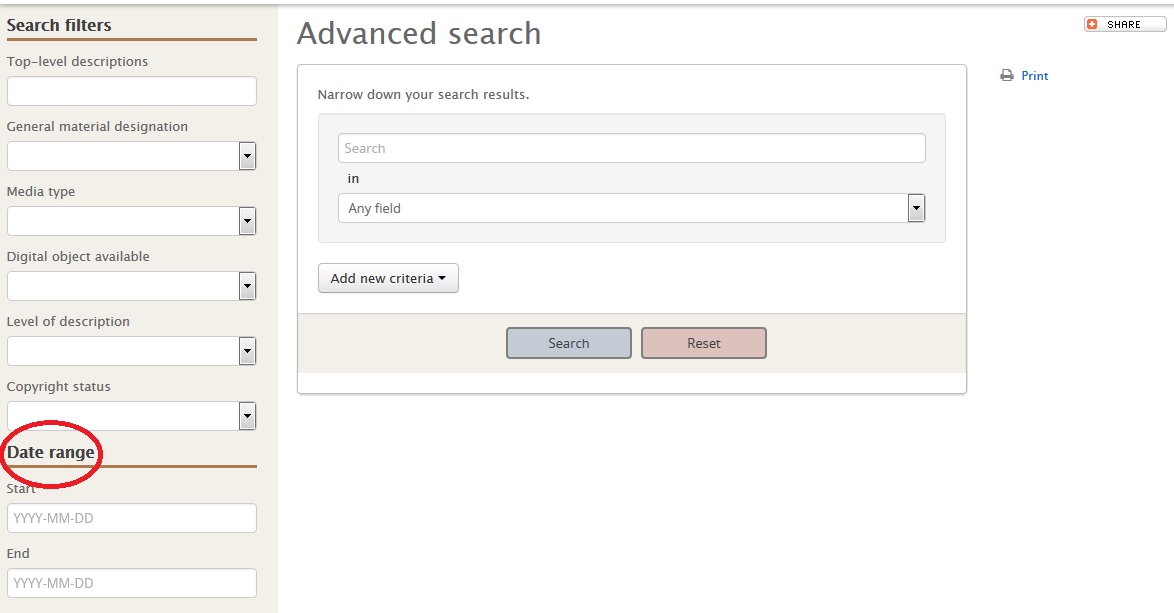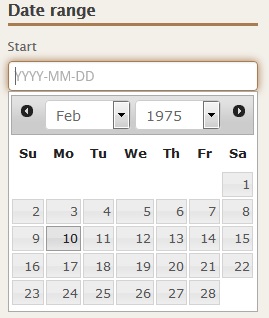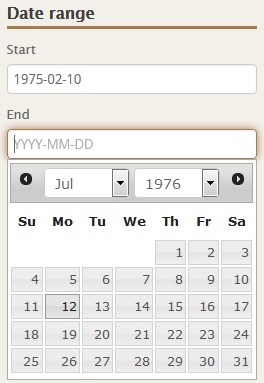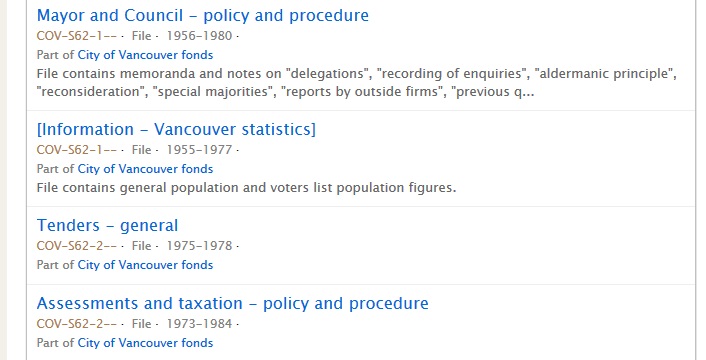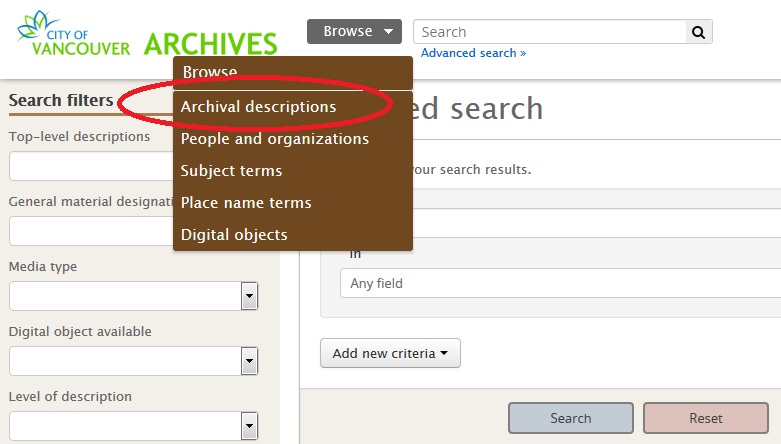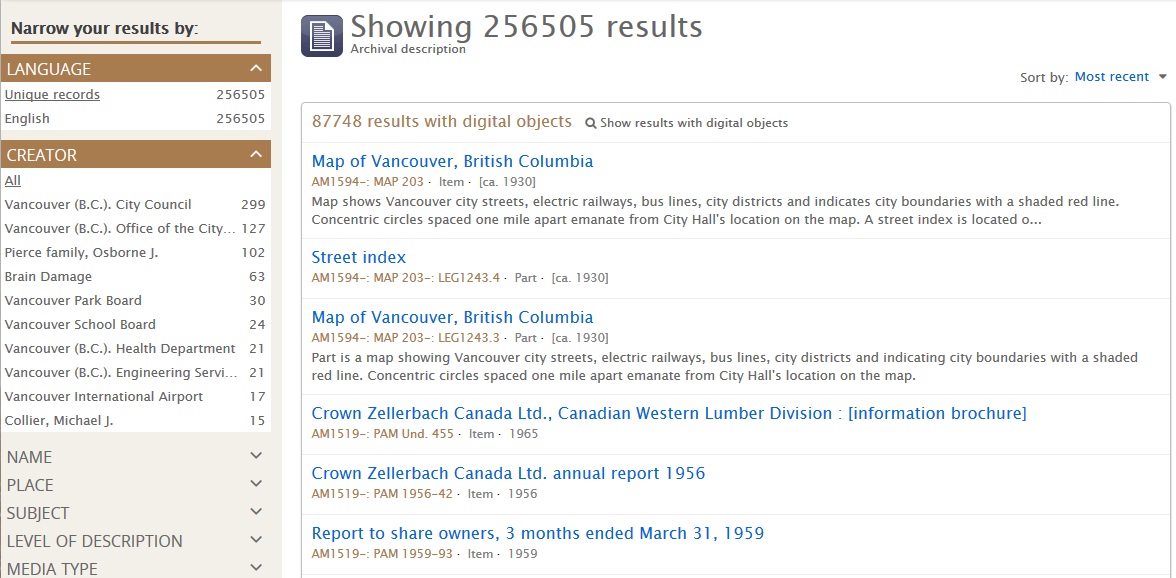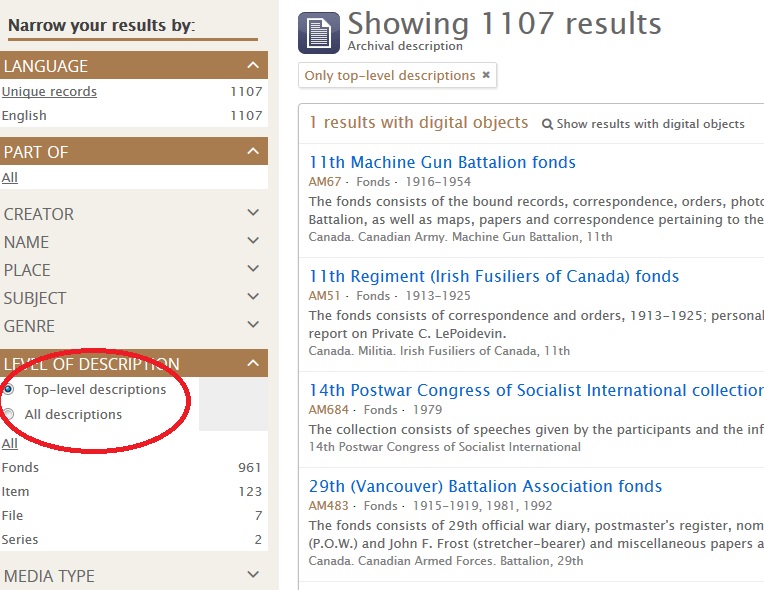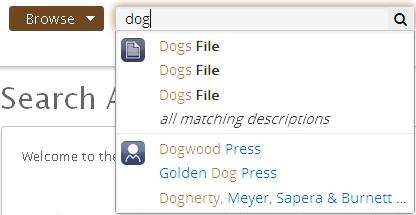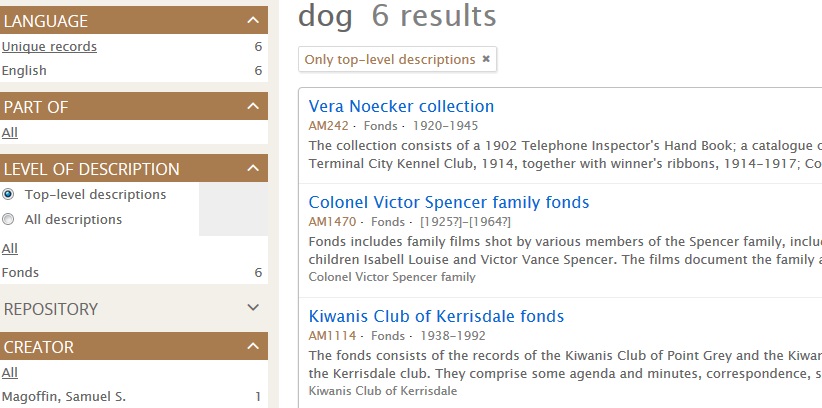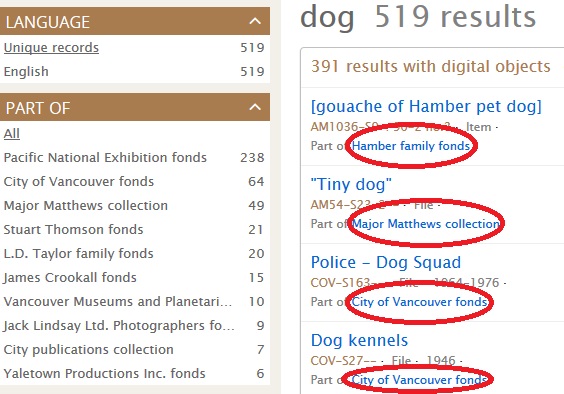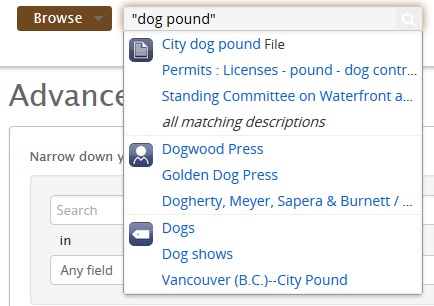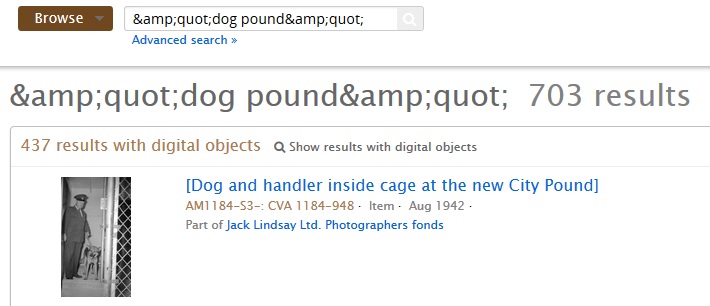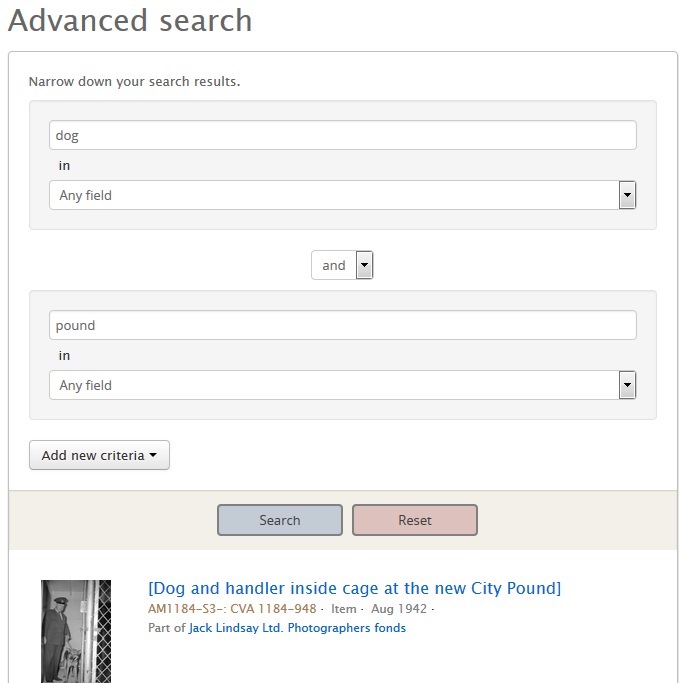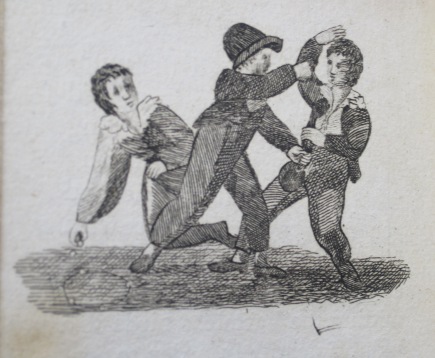There’s nothing like getting up-close and hands-on with some of the rare books in FSU’s Special Collections department, but sometimes it’s not possible for visitors to visit our Reading Room in Tallahassee to see them. Digitization allows us to make our materials available to a global audience who would otherwise never be able to interact with or use our collections.
To help alleviate this problem, the Digital Library Center (DLC) has been hard to expand access to some of our most important collections. We have digitized thousands of pages of our rare books and uploaded them for the public to access at their convenience. Digital reproductions of these books can be viewed in FSU’s Digital Library as individual pages or with the animated book viewer.
Ever wonder how these collections end up in the Digital Library? Turning books into ebooks is a complicated, but exciting process. So, the burning question is:
How do we get from this…
…to this?

Typically our Digital Archivist has a queue of projects lined up for us which range from quick scans of reference material to digitizing vast collections of rare books and manuscripts. Once a project is decided upon, the material makes its way up the production studio where the imaging work is done.
Creating these images using a conventional flatbed scanner is not ideal due to the fragile condition of many of our rare books. Also, many books we digitize in the DLC have tight binding that would be nearly impossible to accurately scan without compromising the integrity of the books themselves. Improper scanning practices can lead to poor image quality and potential damage to the books.
In this case, as it is with most rare books, we’ll head over to our ATIZ BookDrive Pro station to start our work.
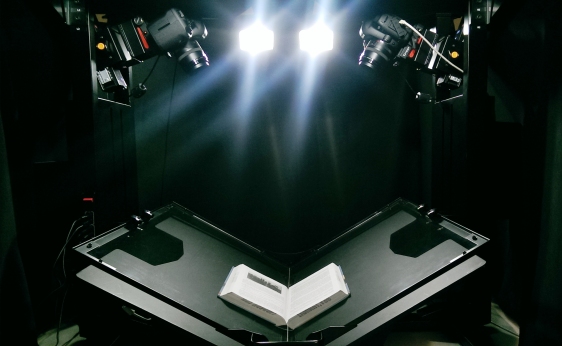
As you can see, this setup is specifically designed for book digitization. The V-shaped, adjustable book cradle and platen gently hold the book in place while dual Canon 5D Mark ii DSLR cameras photograph the left and right pages. Freedom to vertically and horizontally adjust the cradle and platen allows us to get the pages nice and flat before shooting, all without putting too much pressure on the book.
Each camera is tethered to the computer via USB and, as they fire, the digital images are automatically loaded into our processing software, Capture One 8 Pro. This powerful piece of software handles the file-management, editing, and exporting of the final image files. Within Capture One we can make any necessary color/exposure corrections, cropping adjustments, sharpening and QC work.

Once all the images are edited and double-checked for errors, they are exported as high-resolution TIF files and are ready for the next step: metadata!
Here in the studio we primarily focus on image production, however we do create basic metadata for certain items. In order for these images to recreate a traditional book-reading, page-turning experience within the Digital Library, we need to provide some basic information about this book’s contents. Some of the metadata we create for digitized books includes the front cover, page numbers, title page, table of contents, back cover, etc… Essentially, we are connecting each image file to its corresponding location in the actual book. This information, along with the more complex metadata entered later by our Metadata Librarian allows the book to be virtually perused and navigated with ease.
By using the Internet Archive’s book viewer within our Digital Library, the individual pages we scanned and edited earlier can be turned back and forth, from cover to cover. This animated display of the full book is designed to give users the next-best experience to actually thumbing through our rare books in the Research Center Reading Room.
So there you have it! That’s our basic workflow from book to ebook. We’ll continue adding more interesting content to the Digital Library, so keep checking back to see what we have to offer. At the moment we’re deep in the middle of scanning a large collection of cookbooks and herbals dating all the way back to the 1400s. There are some fascinating recipes in these books and we can’t wait to share them with you!
Open-book image downloaded from freeimages.com

